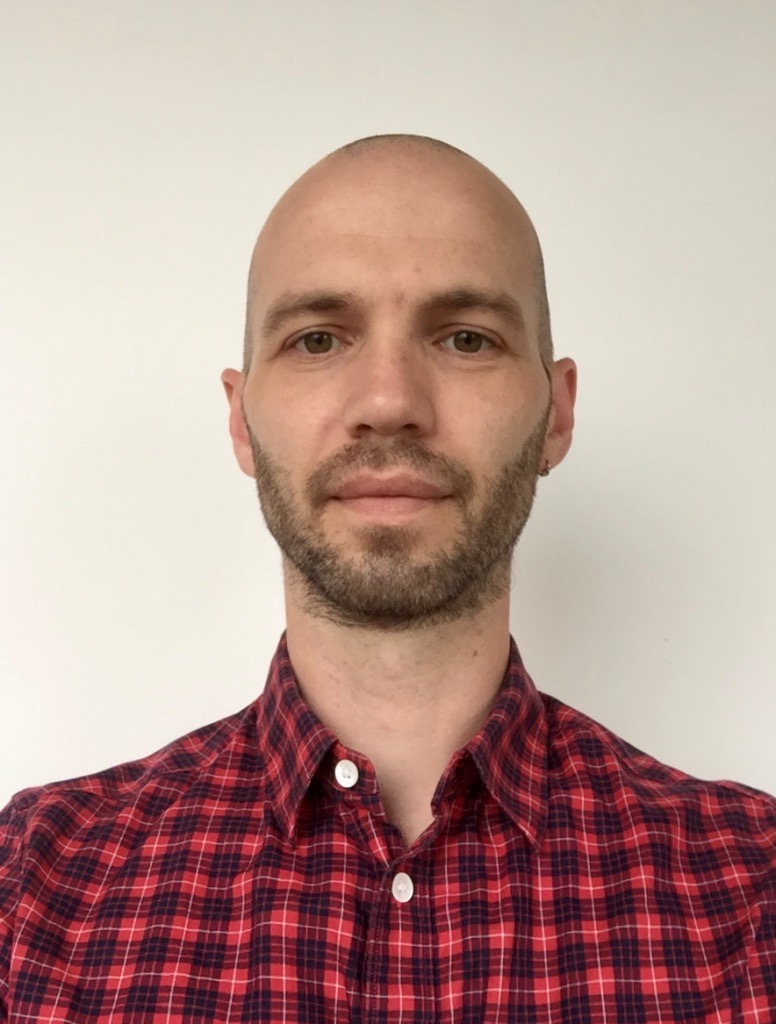This project focuses on dance epistemology, as it deals with dance as the aesthetic expression of corporeal thinking. The goal of this artistic research is more specifically to investigate how somatic practices and technology can mutually enhance each other in order to develop techniques for dance improvisation. As such, it will specify how dancers make decisions in an improvisation and when the instant of composing takes place.
Somatic practices use improvisation to train sensitivity and reactivity of dancers. However, they often still miss the tools to grasp the fleeting nature of its knowledge production through visualization, improvisation, and verbal reflection. In dance education too there is a need for specific techniques to support corporeal thinking. This research will make embodied cognitive processes (which are often tacit and implicit) more concrete by revising “Nervous Systems,” a somatic practice for the human nervous system developed by Klaas Devos, with electronic tools.
By developing new software (MAXMSP), the research practice can experiment with the implicit knowledge production of dancers and gain control over principles of improvised composition. The software generates live movement tasks, mediated in-ear or on monitors, and as such it trains the decision-making in improvisation. By thus integrating electronic choreographies in somatic practices we can expand the consciousness of cognition in dancers and critically reconsider the common principles of somatic research, including self-inwardness, solitary technics, soft and slow dynamics, and synthesis through storytelling.
Promotors: Timmy De Laet (UAntwerp) & Annouk Van Moorsel and Martin Nachbar (Royal Conservatoire Antwerp)
Photo (detail) by Lore Sannen





